Gallery
Photos from events, contest for the best costume, videos from master classes.
 |  |
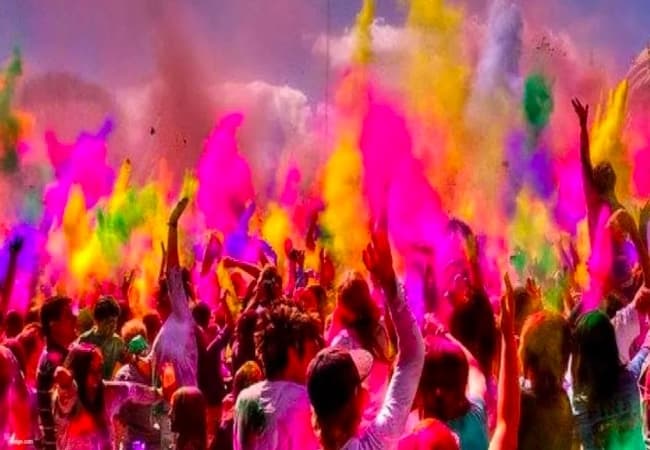 |  |
 | 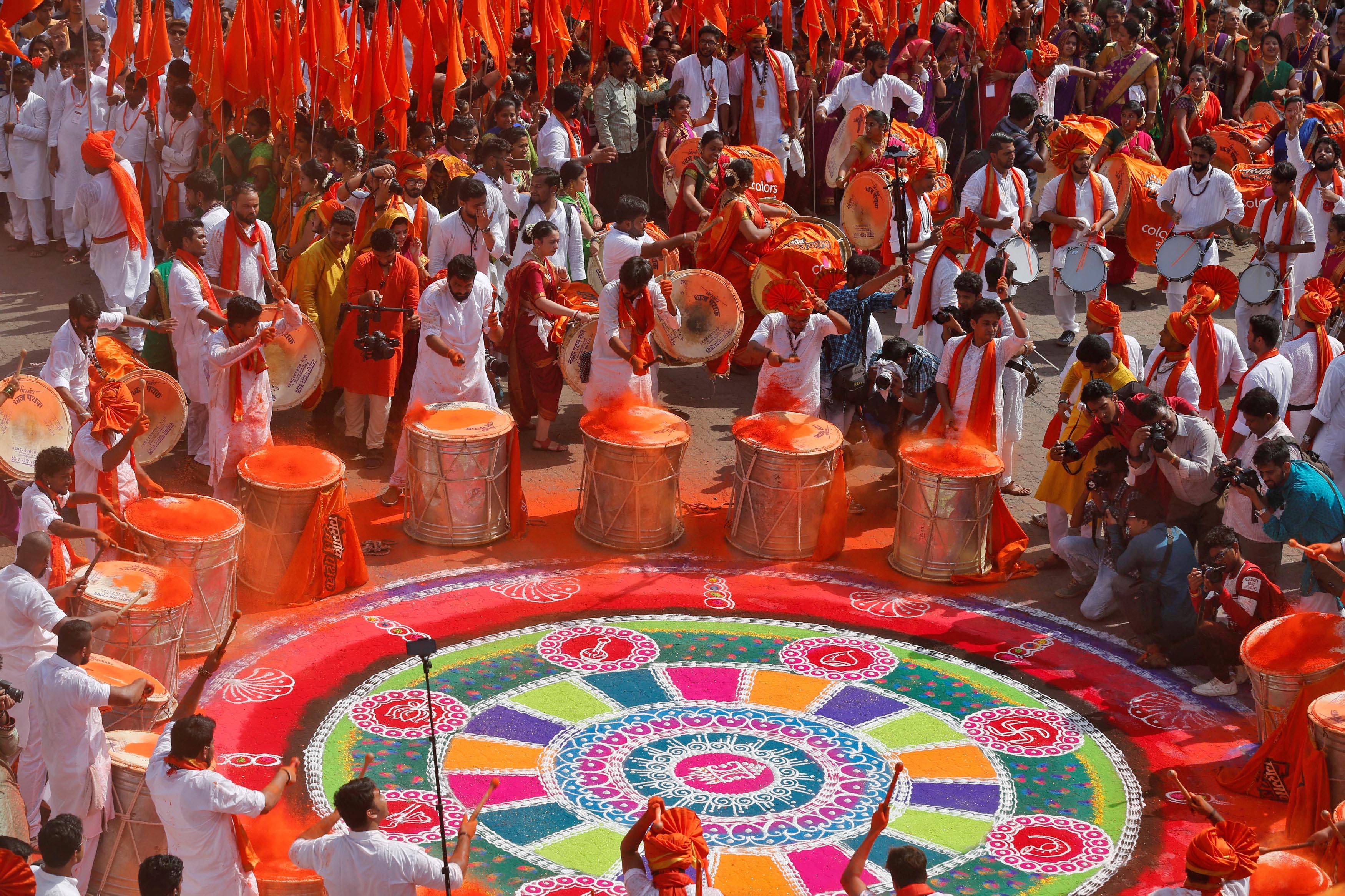 |
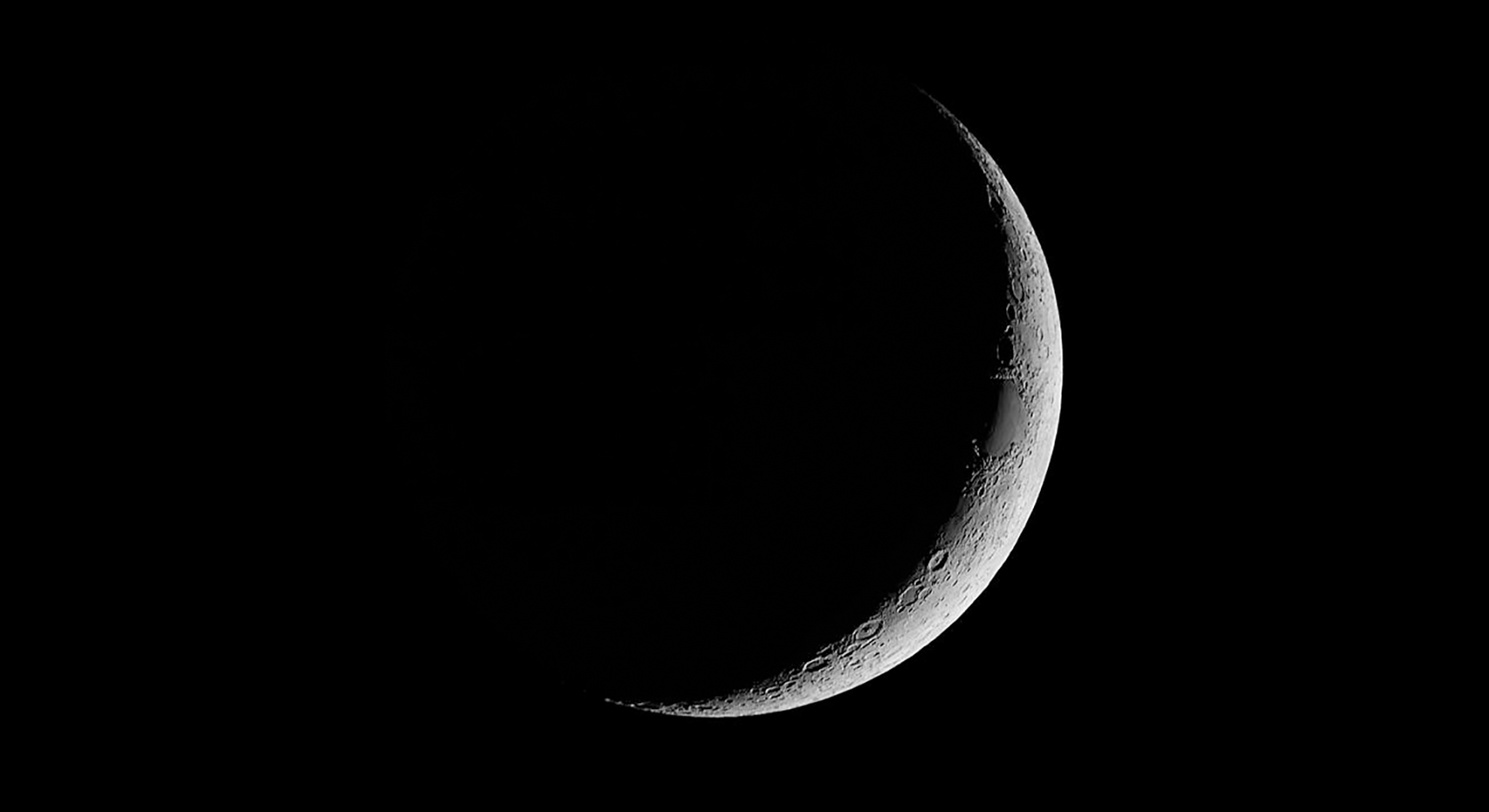 |  |
 | 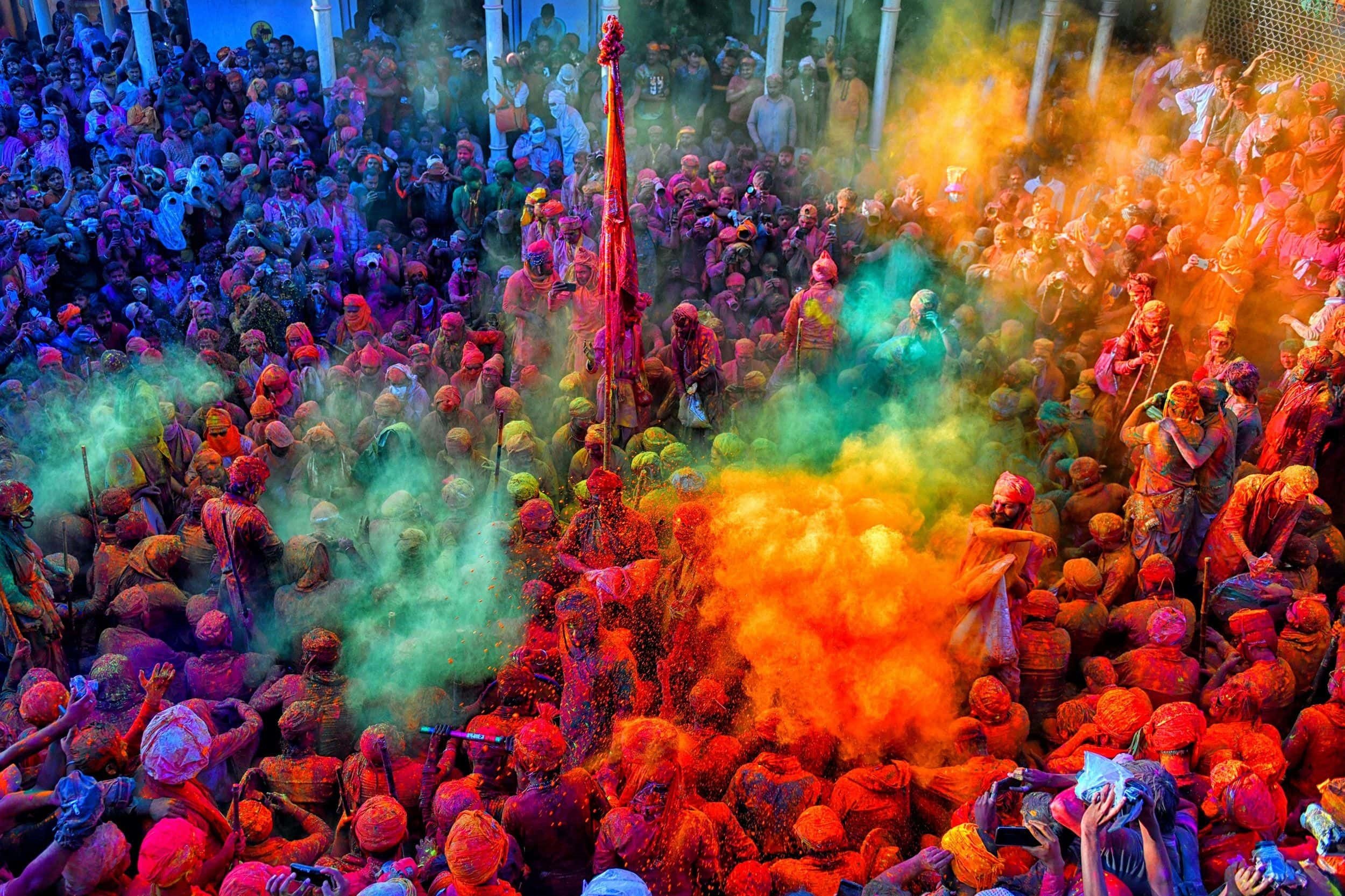 |
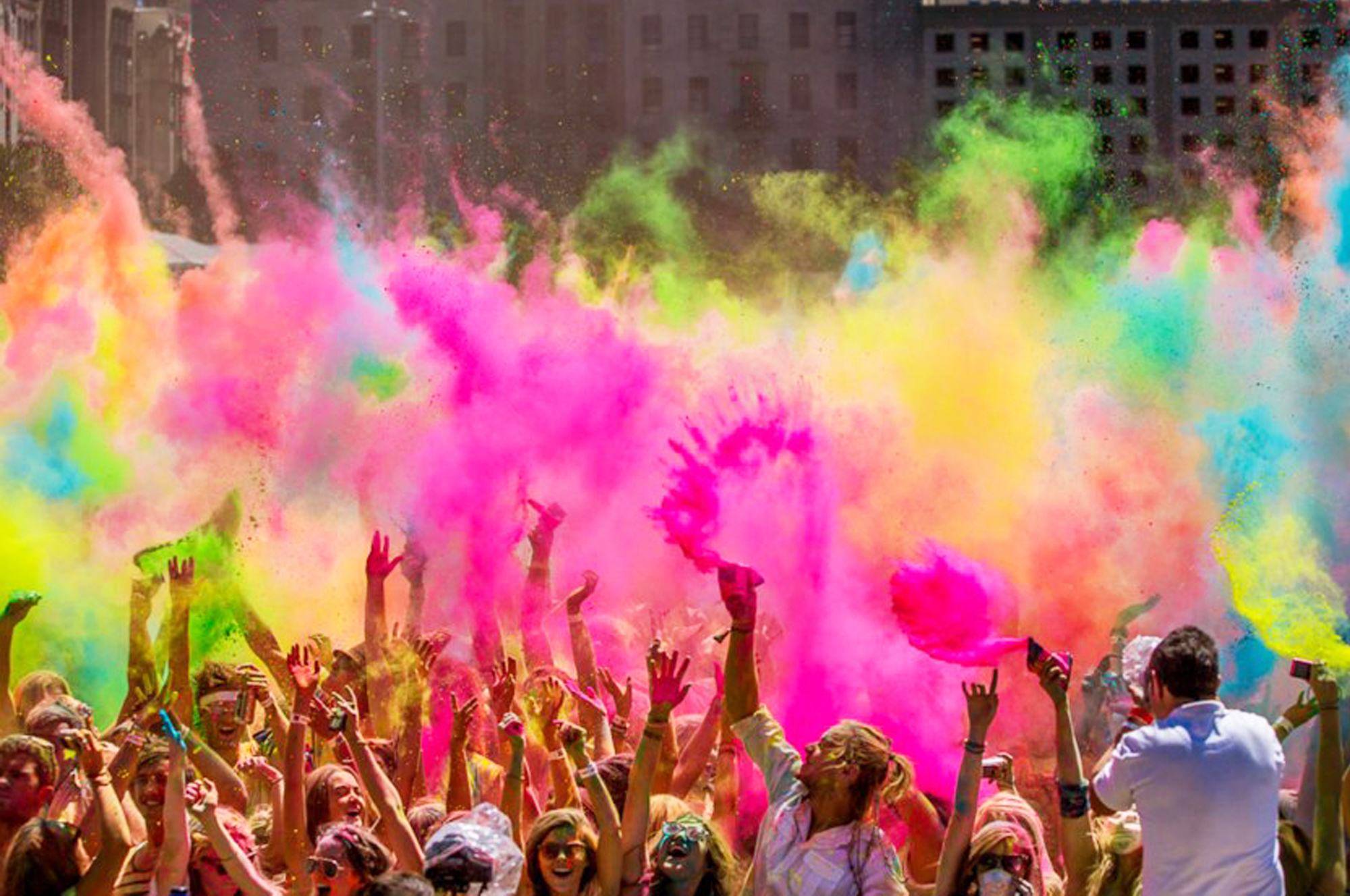 |  |
Traditional Holi Celebrations in India. Holi is a two-day festival filled with devotion, fun, and colors!. 1. Holika Dahan (March 13, 2025) – The Bonfire Ritual. At night, bonfires are lit to symbolize the burning away of evil. Holi in India, a festival of colors, celebrates spring with powder. It symbolizes righteousness, featuring stories of Krishna, Radha, and Lord Shiva. The event represents unity, fertility rituals Holi, the festival of colors, is more than just playful splashes—it embodies the triumph of faith over darkness. From Prahlad’s unwavering devotion to Krishna’s enchanting leelas in Braj, Holi reminds us to immerse in divine love. Join JKYog’s Holi Sadhana Shivir for a blissful celebration! The celebration of Holi is rooted in numerous legends and tales, each adding more depth to the vibrant celebrations. From the burning of Holika symbolizing the victory of good over evil to the stories of Lord Krishna playfully smearing colors on his beloved Radha, each of the stories infuses the festival with joy, devotion, and unity. We all enjoy Holi but at the same time it carries deep cultural and social significance. The festival fosters a sense of unity and inclusivity, as people from all walks of life come together to celebrate. Old rivalries are forgotten, and friendships are renewed, reinforcing the idea that love and harmony are above all divisions. Holi is a time of unity, love, and renewal, where people from all walks of life come together to play with colors, enjoy festive foods, and spread happiness. The festival, deeply rooted in Sanatan dharma and cultural traditions, holds immense significance both spiritually and socially. Significance of Holi Holi, the festival of colours, will take place on March 14, this one of India’s most vibrant and joyous celebrations, marking the arrival of spring, renewal, and the triumph of good over evil. Holi, the vibrant Hindu festival celebrated with colors, joy, and unity, marks the victory of good over evil and the arrival of spring. Celebrated on March 13 (Holika Dahan) and March 14 (Holi) in Readers may be inquisitive to know the spiritual significance of Holi? The most prevalent notion, in this regard is that Holi is a festival of playing with water colors and gulal , having loud fun, eating lots of sweets and rich and fried food!! The significance of Holi extends beyond mere revelry; it embodies the spirit of forgiveness, love, and the importance of community. Families and friends reunite, and even adversaries often come together to celebrate, showcasing the festival’s essence of harmony and togetherness. Radha Madhav Society is a non-profit charitable hindu organization founded by Siddheshvari Devi and affiliated to Jagadguru Kripalu Parishat. It's main objective is to spread the teachings of the Hindu Sanatan Dharm as elucidated by Jagadguru Shri Kripalu Ji Maharaj Holi - the festival of colour is celebrated on the last full moon of the Indian Lunar calendar year. Learn more about the significance of the colour festival Holi Holi, often called the "festival of colors," is a vibrant Hindu celebration that marks spring’s arrival, the triumph of good over evil, and the love between Radha and Krishna. Due to a curse, she could not withstand mischief and laughter. On the day of Holi, village boys chased her away with songs, shouts, and pranks. This story adds to the playful and mischievous spirit of the festival. The Significance of Holi Festival and Holi Celebration Meaning. Victory of Good over Evil – As seen in the story of Prahlada and The Real Significance of Holi by Jagadguru Shree Kripaluji Maharaj अधिकतर लोग यही समझते है की रंग,गुलाल से खेलना,हुडदंग बाजी करना,तरह तरह के स्वादिष्ठ व्यंजन खाना यही होली मानाने का तात्पर्य Discover the significance of Holika Dahan and Rangwali Holi, the two-day Holi festival that symbolizes the triumph of good over evil. Learn about the spiritual purification of fire, the mythological roots of Holika Dahan, and the joy of celebrating with colors during Rangwali Holi. Significance of Holi Cultural and Spiritual Importance. Holi is not just a festival of colors; it holds profound cultural and spiritual significance. The festival signifies: The Arrival of Spring: Holi marks the end of winter and the arrival of spring, symbolizing renewal and the blossoming of new life. It is a time to rejoice in nature’s After that, students discuss key questions related to Holi, including the festival’s origins and significance, how Holi compares to festivals in their own culture, whether they would like to experience Holi firsthand. Speaking: Symbolism of Holi Colors. Students discuss what different Holi colors (e.g., red, yellow, green, blue) might Significance of Mahashivratri Mahashivratri is a religious festival marked by age-old traditions and ritualistic practices and is observed by millions of Hindus in India and around the globe. It is no wonder that Mahashivratri significance in Hinduism and India’s ancient and cultural history is a prominent one. It is an auspicious time for Chhoti Holi is also known as Holika Dahan, which is a prominent festival among Hindus that is celebrated the night before Rangwali Holi. It signifies the victory of good over evil and involves much cultural and spiritual significance. This year, Choti Holi will be celebrated in March with Holika Dahan taking place in the evening after sunset.
Articles and news, personal stories, interviews with experts.
Photos from events, contest for the best costume, videos from master classes.
 |  |
 |  |
 |  |
 |  |
 |  |
 |  |